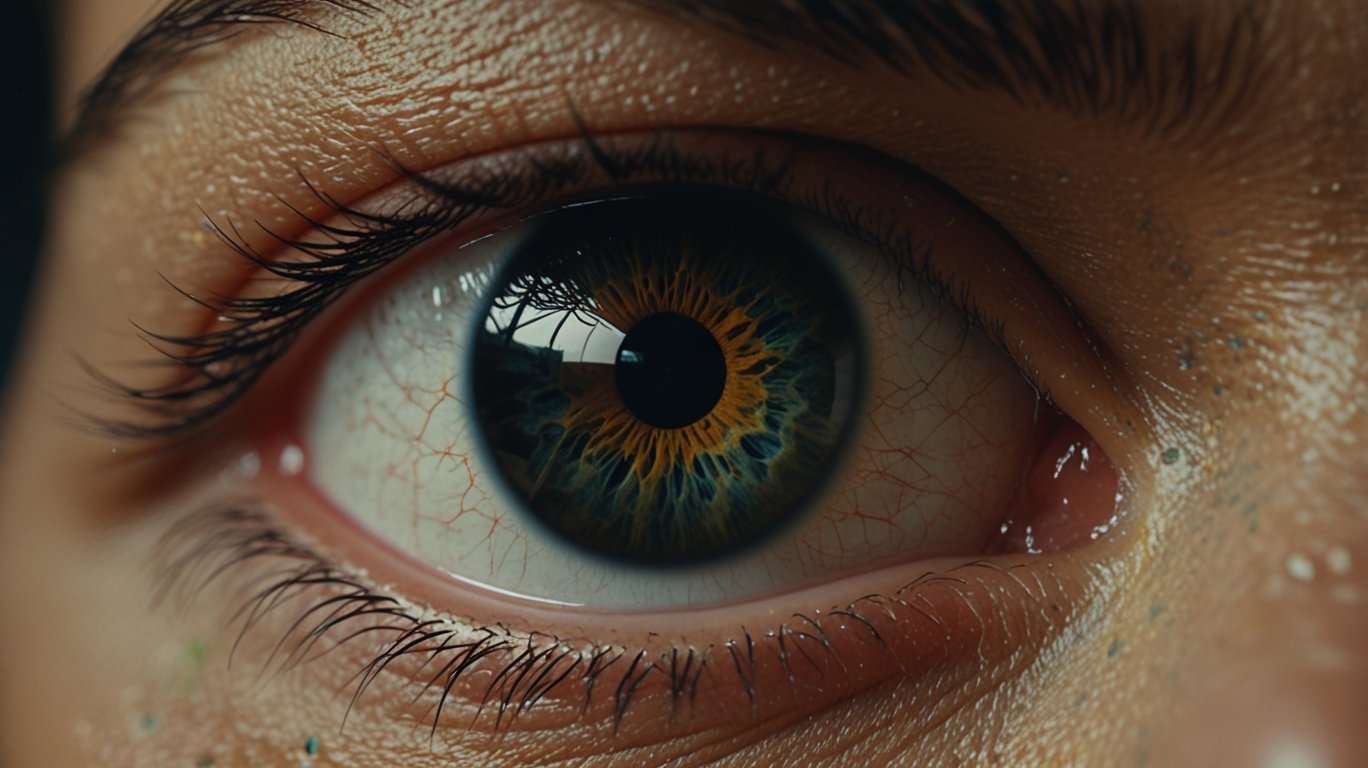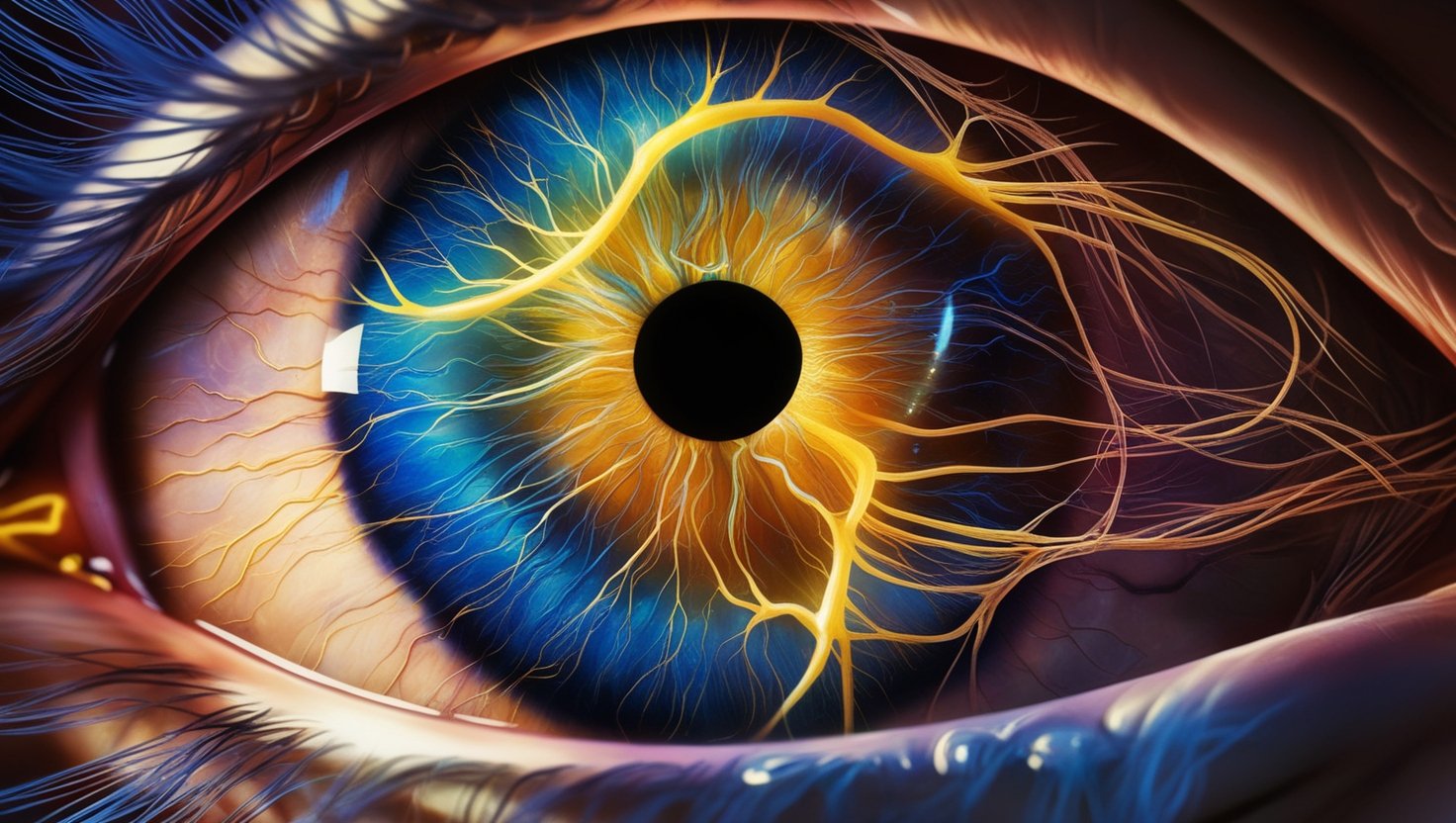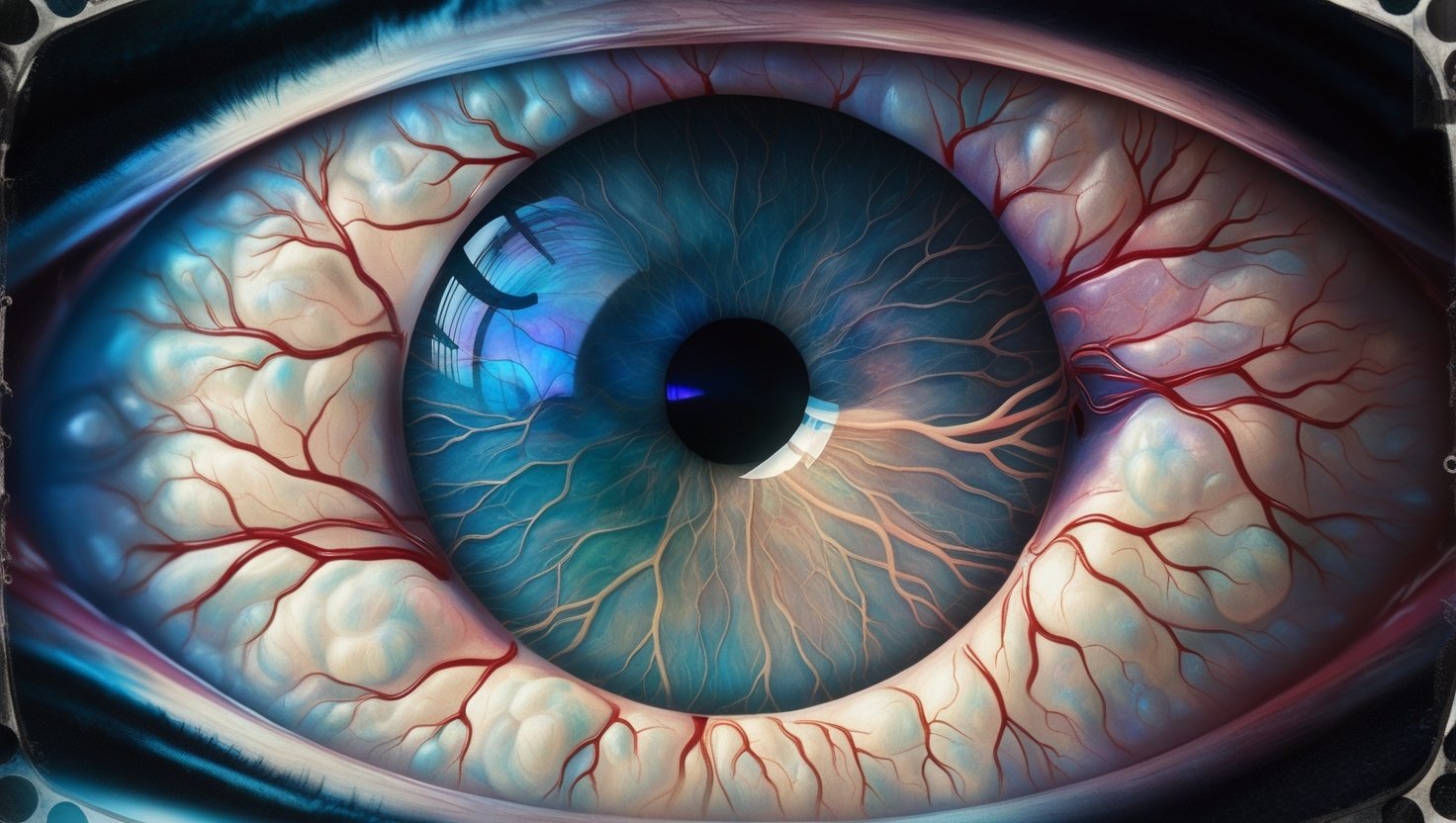Cataracts typically cause sight impairments rather than persistent eye agony. While clouded lenses bring about obscured perspective, light sensitivity, and night vision challenges greatly affecting everyday life, cataracts themselves seldom trigger relentless ocular discomfort.
Any interminable eye distress should instead be explored for potential causes such as glaucoma or uveitis. Cataracts often emerge after age 60, regularly developing with aging, yet may occasionally form beforehand owing to genetic components, accidents, or medical conditions similar to diabetes.
Cataracts Age of Onset
The period of cataracts age of onset broad differs significantly. Although seniors most regularly create them after turning 60, they can in some cases arise as early as 40 or 50, in particular if risk factors like too much UV publicity, smoking, or a familial past of cataracts are present.
Early-onset cataracts are less frequent yet not unheard of, specifically in people with certain medical issues or hereditary predispositions. Routine eye checks are critically important for timely identification and administration, particularly for those at higher jeopardy.
Cataracts in Young Adults
Cataracts in vibrant grown ups are relatively scarce and can be connected to components like trauma, genetic predisposition, or specific medical conditions like diabetes. These prematurely arising cataracts can considerably affect sight and quality of life.
Youthful adults encountering signs such as blurred vision, difficulties seeing in low light, or sensitivity to glare ought to seek rapid medical evaluation to rule out cataracts or other eye conditions. Early intervention is key to managing the condition and staving off further visual degradation.
Clouding of the Lens of the Eye
The hazy visage of cataracts is characterized by the obscured clarity of the eye’s lens. As proteins congregate within the lens, its normally transparent constitution becomes opaque; daylight unable to permeate.
This dimming brings forth several disrupted visions, including blurred perspectives, heightened sensitivity to luminance, halos encircling illumination, and challenges with nocturnal sight. The extent of these disturbances can fluctuate relative to the cataract’s development and where within the lens the haziness holds position.

Cataracts Age Range
Cataracts can materialize at almost any period of life, but are more commonly perceived in more advanced years. The general timeframe for cataracts initiates around 40 to 50, with a significant spike in prevalence after 60.
However, congenital cataracts can be present from birth, and secondary cataracts can result from other medical conditions or operations on the eye. Comprehending the range of ages for cataracts can help individuals adopt preventative measures and seek early treatment if necessary.
Does Everyone Have Cataracts
Not all will cultivate cataracts age onset, but the risk amplifies notably with age. Factors such as heredity, lifestyle choices, and exposure to environmental dangers like UV radiation can influence the probability of developing cataracts.
Although more prevalent in more advanced years, maintaining a healthy lifestyle and shielding your eyes from harmful UV beams can assist reduce the risk. Regular eye exams are essential for early identification, particularly for those with a familial history of cataracts or other risk factors.
Cataracts at Age 50
As individuals near 50 years of age, it’s common for the gradual clouding of the lens inside the eye, known as cataracts, to slowly form. At this early stage, vision impairment may be negligible and the condition could go unnoticed. Consistent eye exams are crucial to detect initial signs of cataracts or different eye problems.
Early detection permits productive management, which might embrace adjusting your glasses prescription or making use of brighter lighting at home. For those diagnosed with cataracts at 50, adopting a nutrient-rich diet full of antioxidants, quitting smoking, and shielding the eyes from UV rays can assist sluggish progression and maintain good vision.
When to Seek Medical Guidance
While cataracts by themselves typically don’t cause long term eye ache, it’s important to be conscious of other signs that may point out a extra severe situation. Seek medical consideration if you happen to expertise consistent or extreme eye ache, sudden adjustments in imaginative and prescient, elevated redness or swelling within the eye, or sensitivity to gentle that worsens over time. These signs could point out other eye circumstances resembling glaucoma or uveitis, which require prompt therapy.
Conclusion
Cataracts, whereas disruptive to imaginative and prescient, don’t usually result in long-term eye ache. Any constant eye ache ought to be evaluated to rule out underlying circumstances. Cataracts are widespread, especially as we age, however not everybody will develop them. Understanding the signs, risk elements, and obtainable remedies is important for sustaining eye health and quality of life. Regular eye exams and a wholesome lifestyle can assist detect cataracts early and gradual their progress, guaranteeing clearer imaginative and prescient and better eye health.



